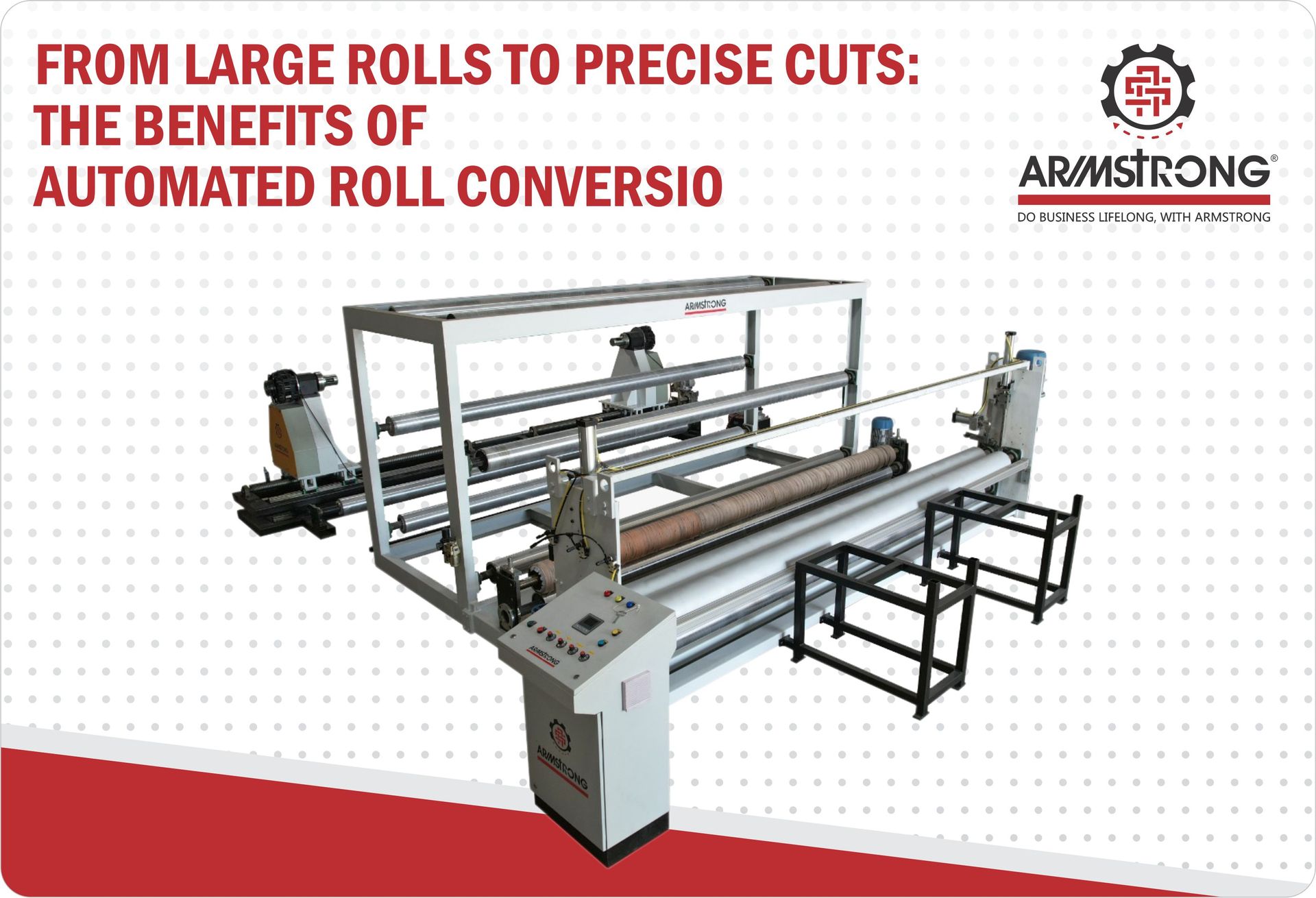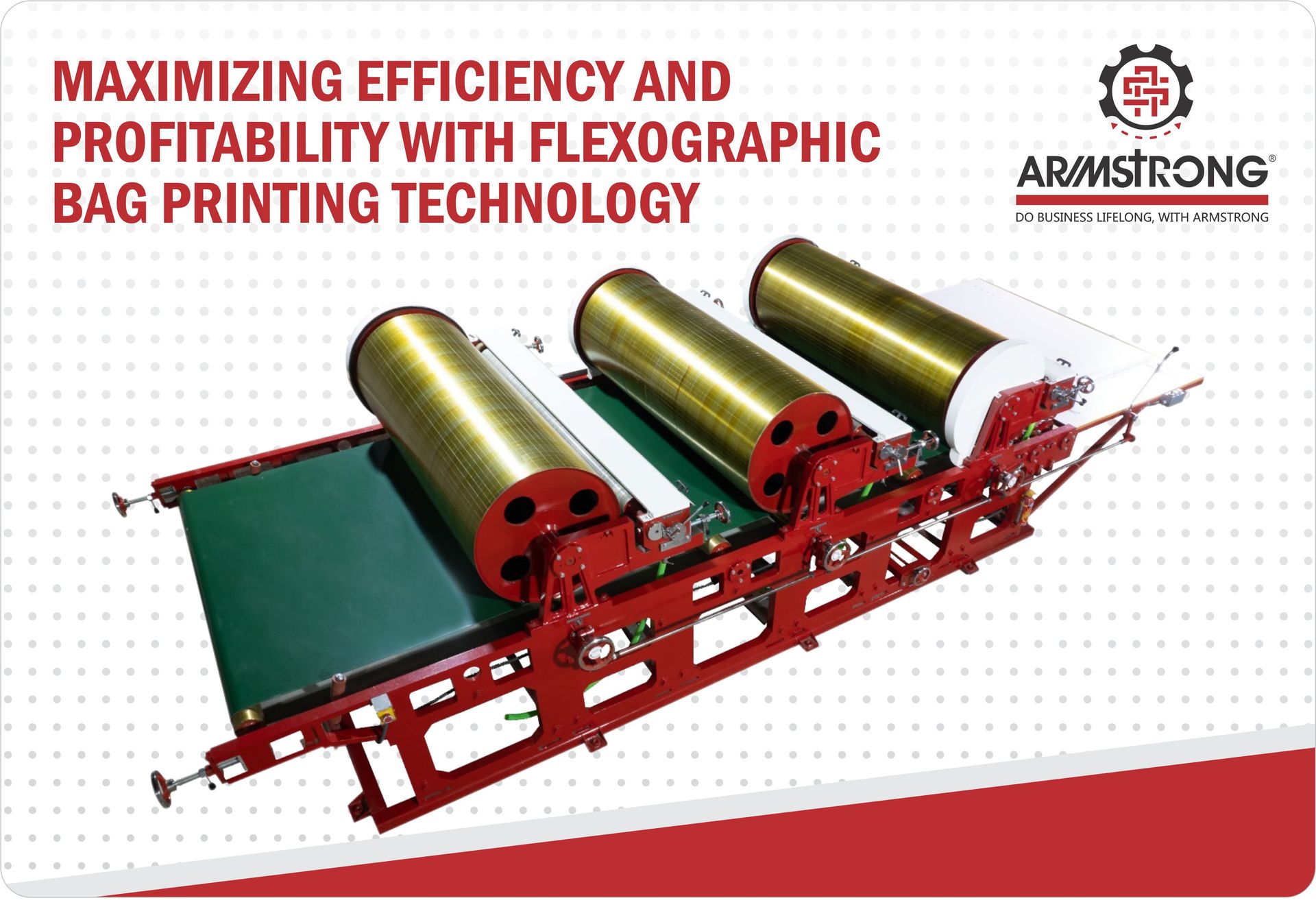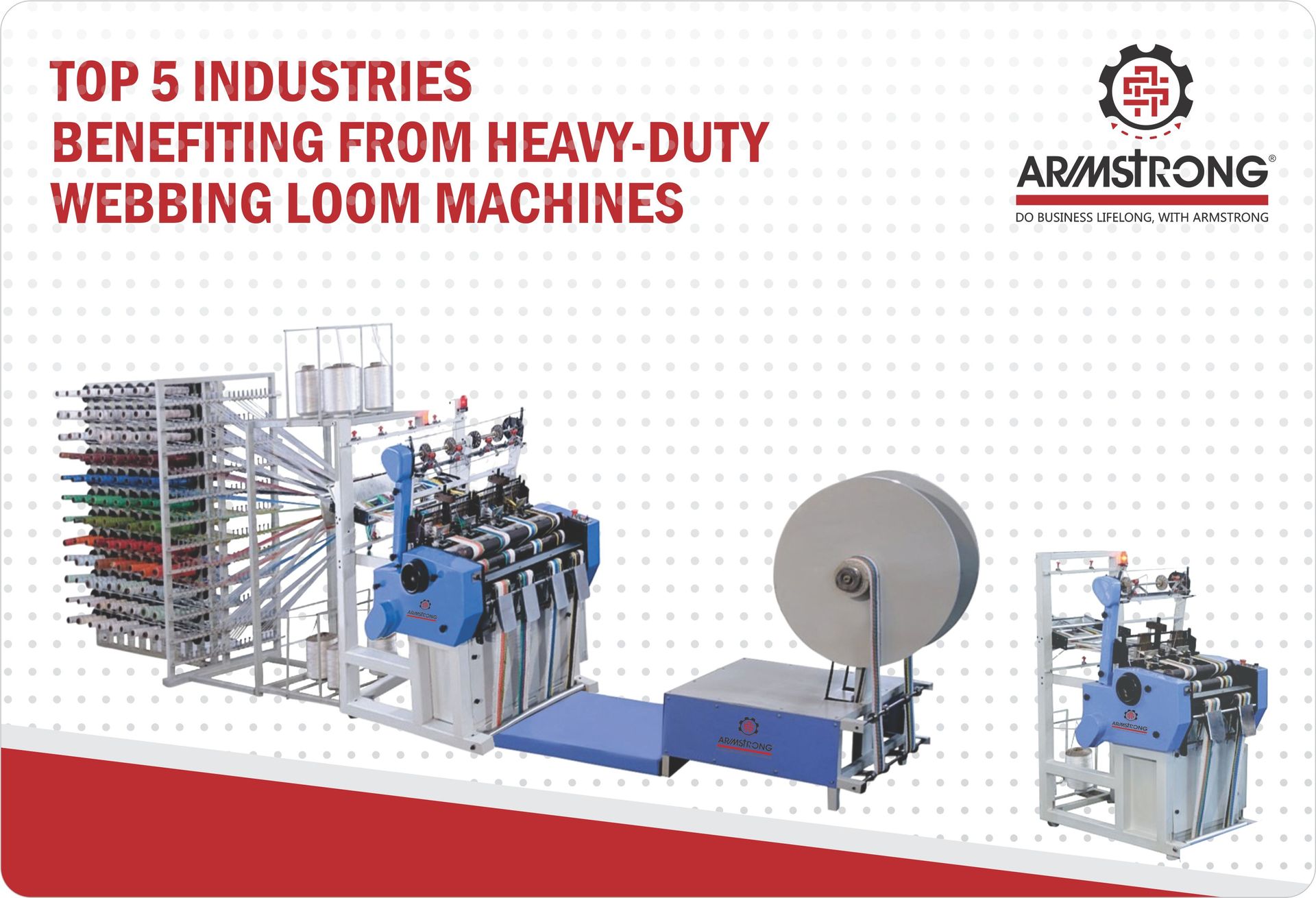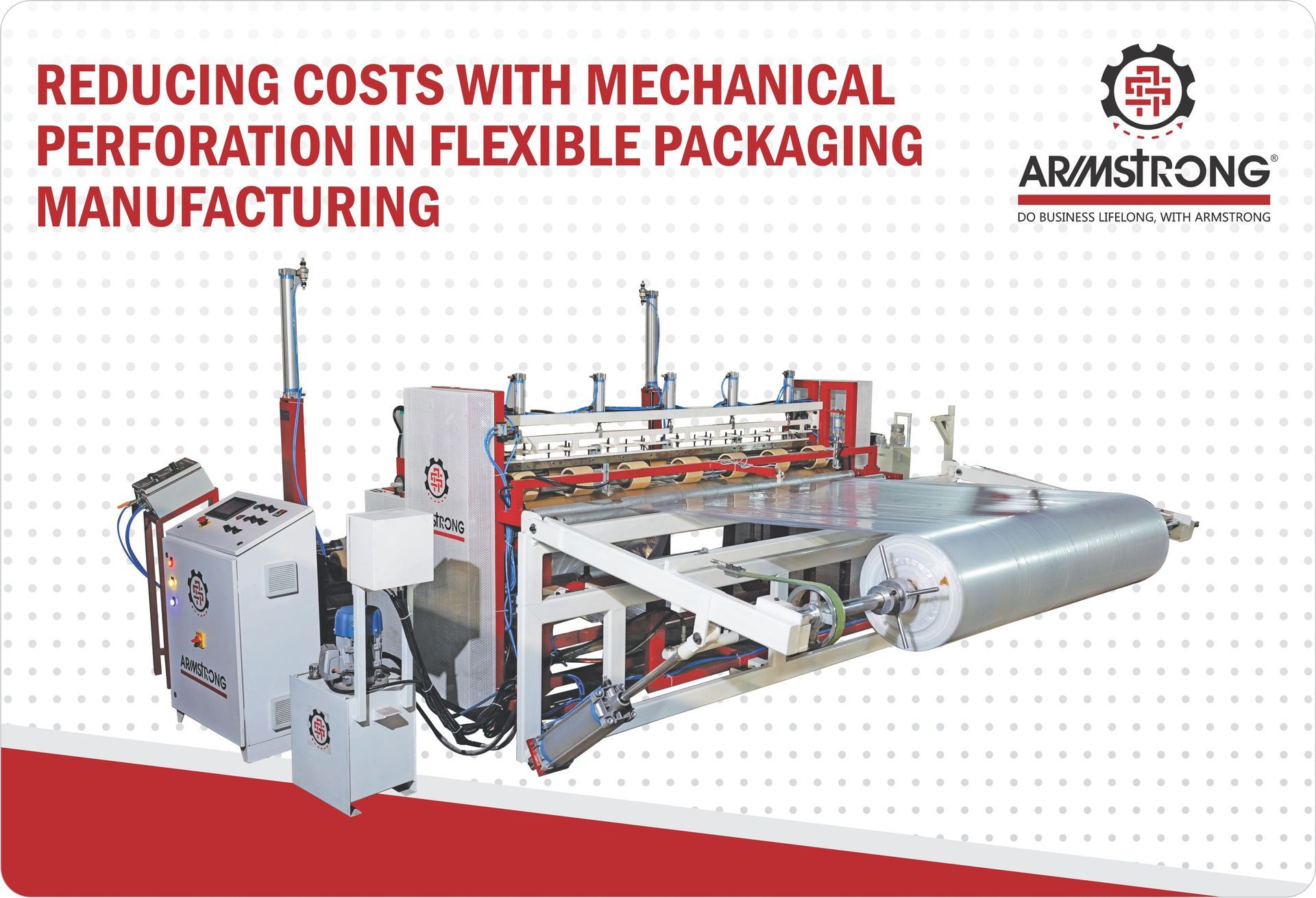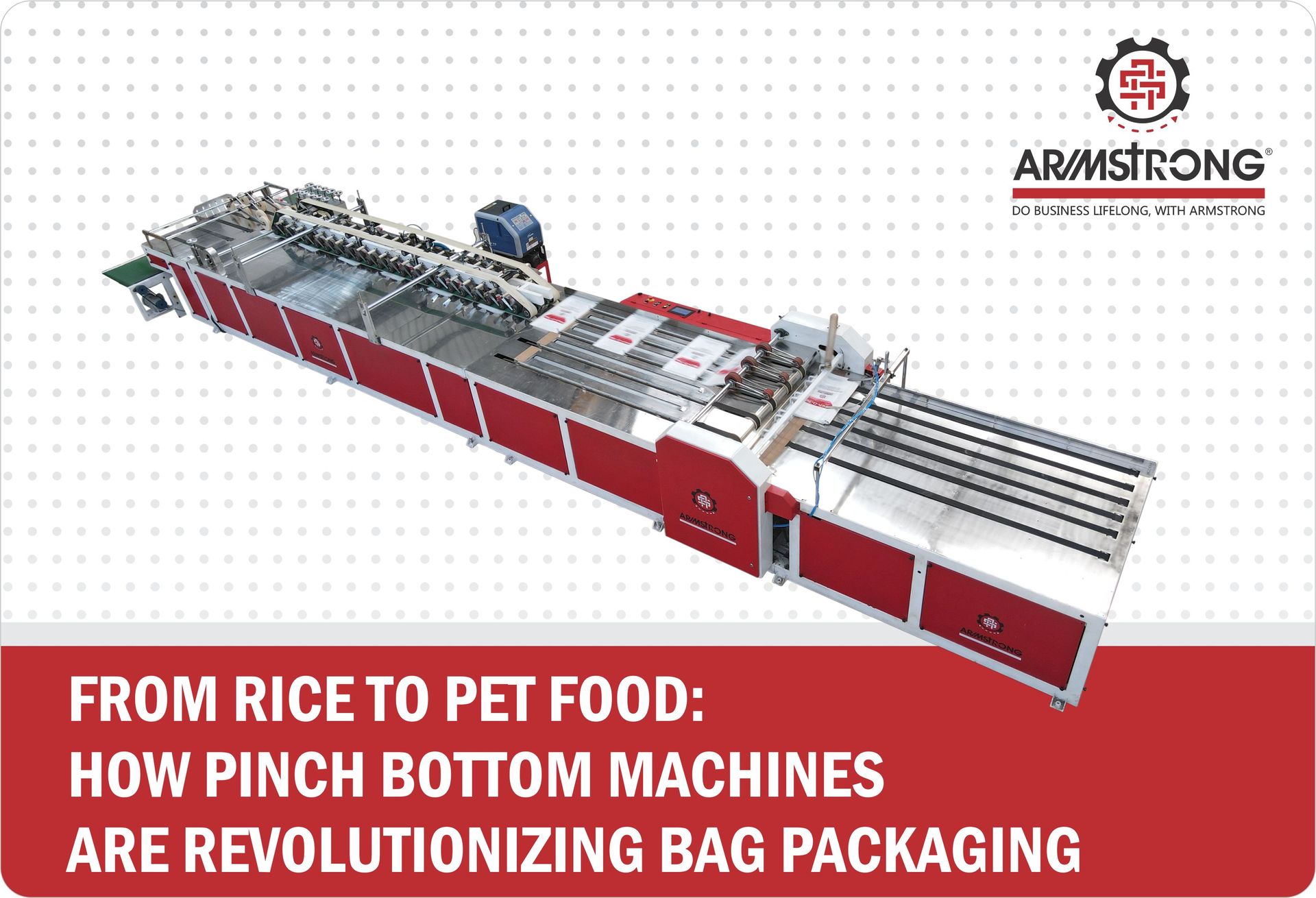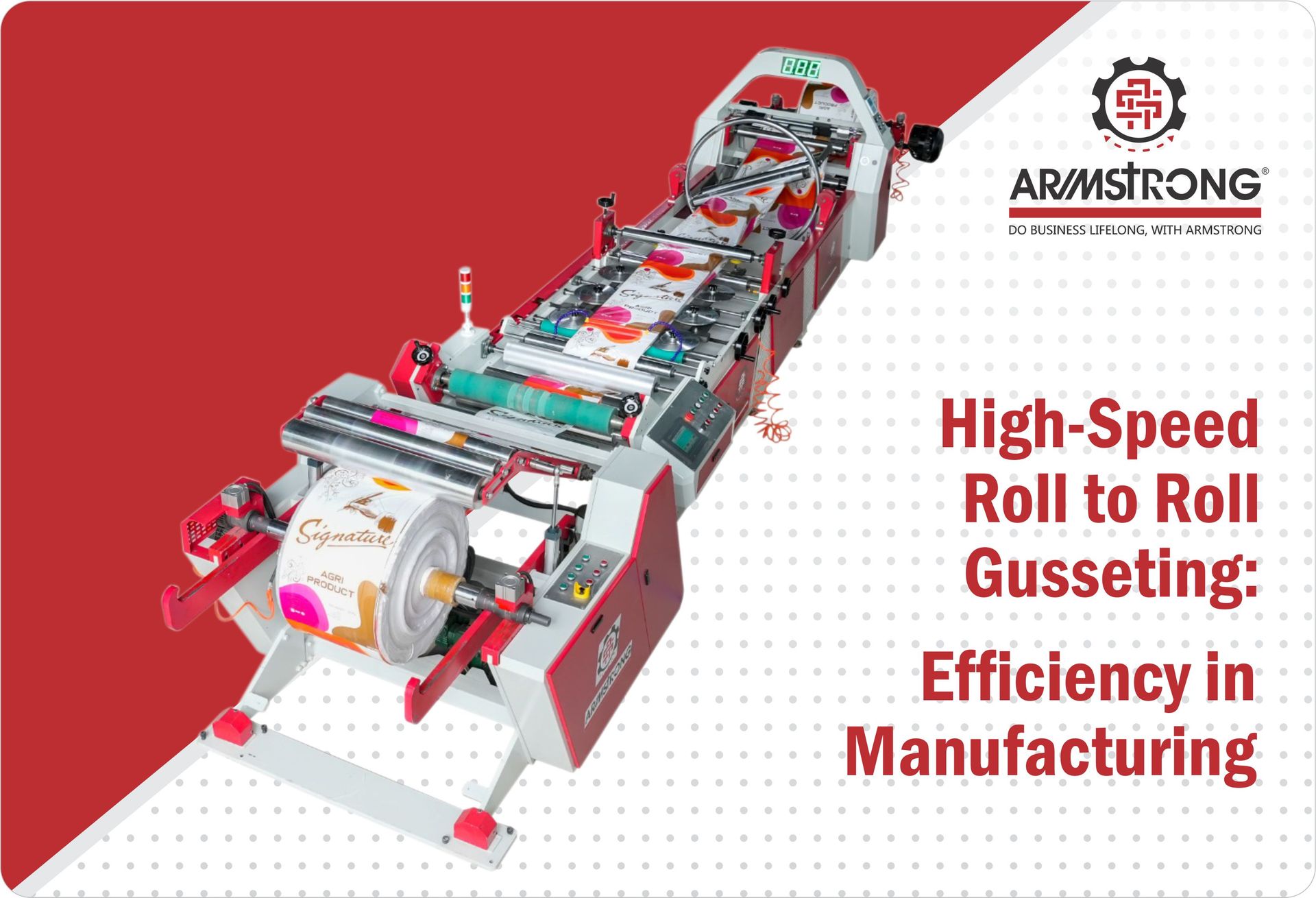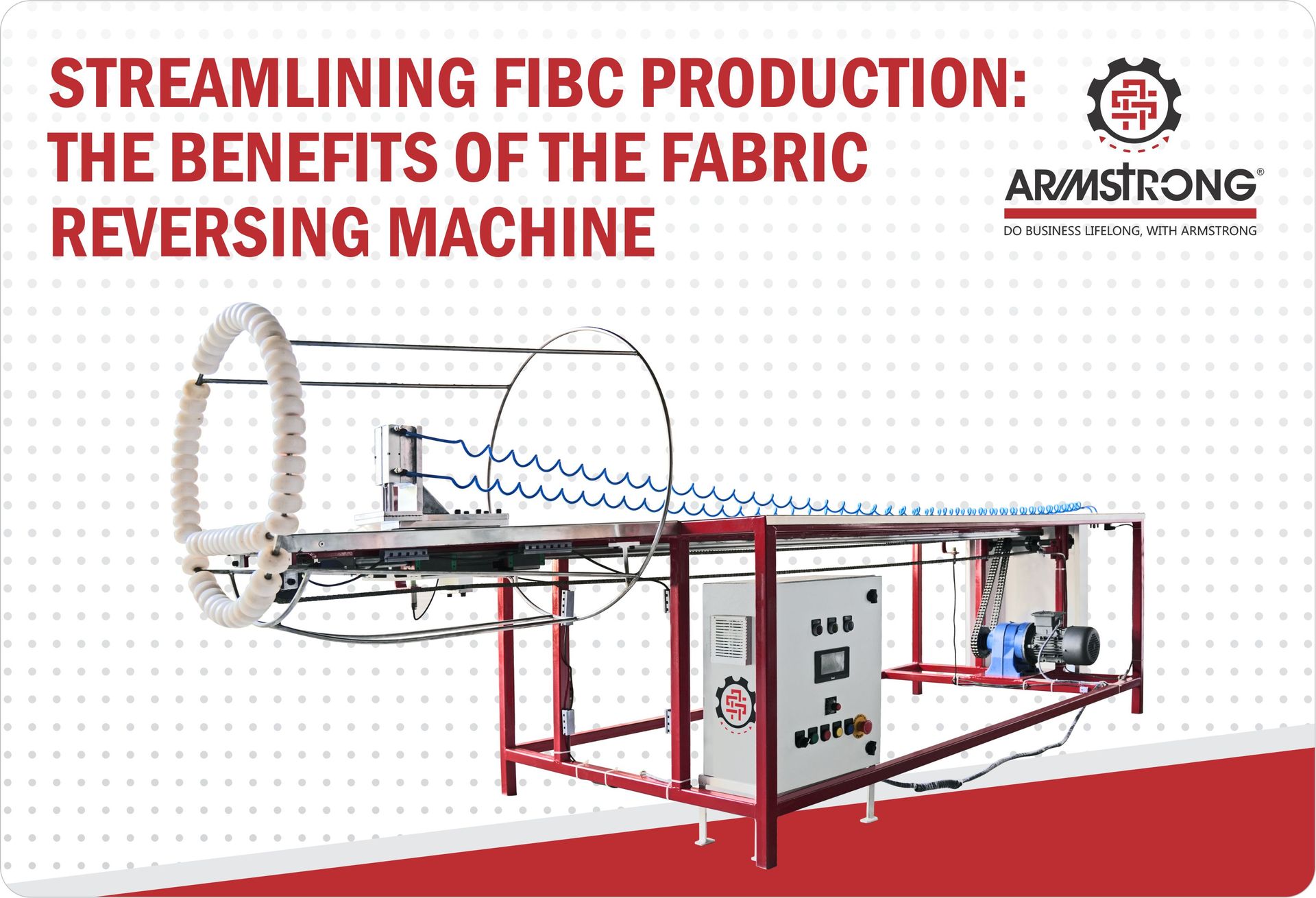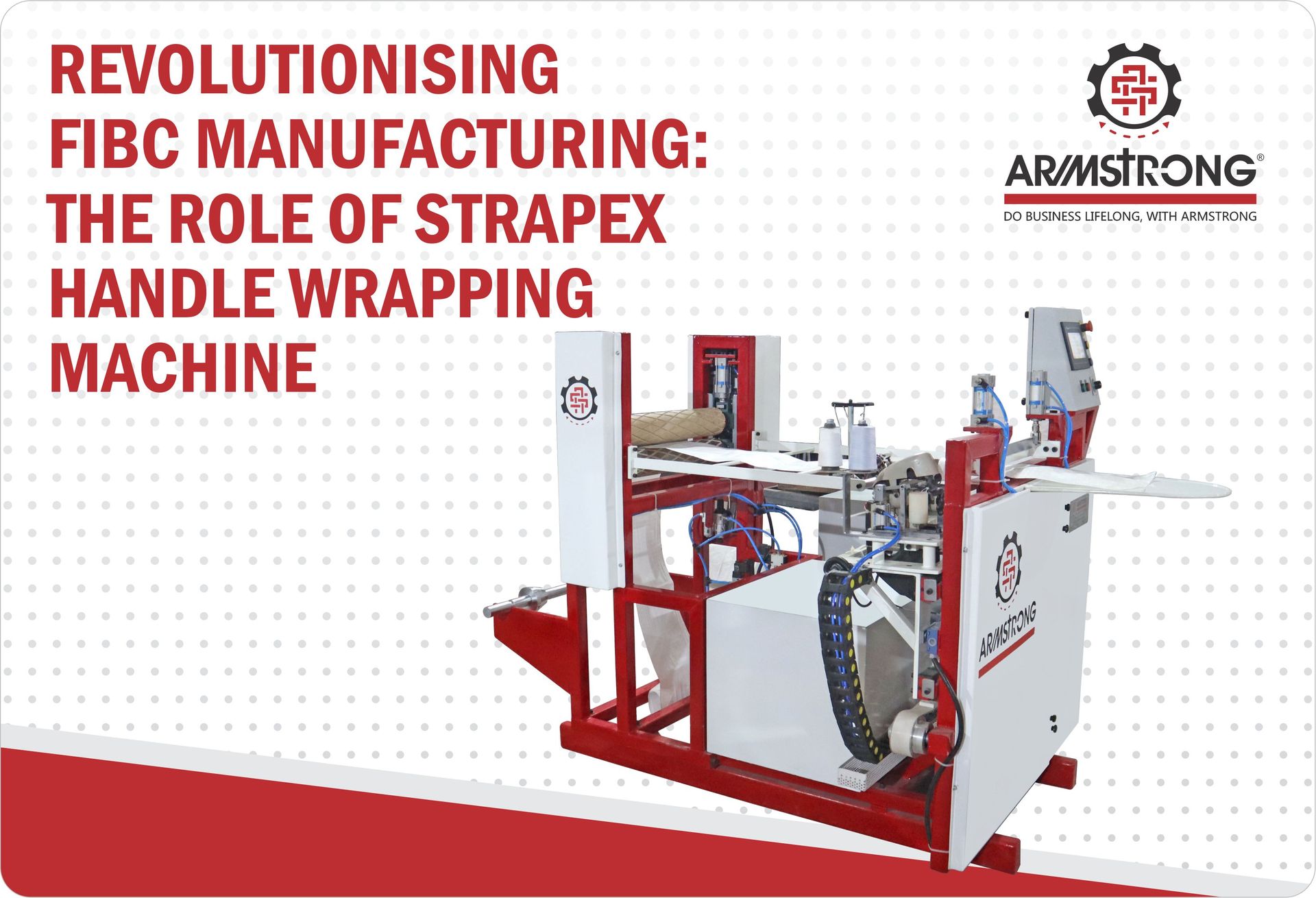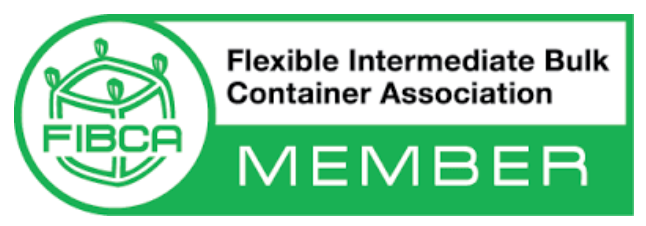Get in touch
555-555-5555
mymail@mailservice.com
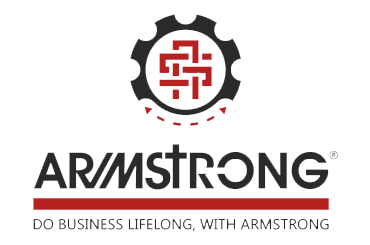
Easy Tips for Maintaining an Industry Sewing Machine
Regular upkeep is vital for maintaining the optimal condition of your industrial sewing machine and preventing any operational interruptions. Even if you are new to sewing, you can easily take care of your machine to ensure its smooth functioning, prolong its lifespan, and safeguard its internal components.
1.Clean the Sewing Machine
Frequent cleaning is necessary to maintain the seamless operation of your industrial sewing machine. After each use, it is recommended to clean the machine thoroughly. Employ a soft cloth to wipe away any accumulated dust or lint from the exterior.
Moreover, pay special attention to the bobbin and hook area by opening the needle plate. Utilize a lint brush or compressed air to remove any lint, dust, or thread remnants from this region. Additionally, inspect the tension discs and thread guides around the machine, and eliminate any thread or dust build-up that may have accumulated over time.
2.Lubricate the Sewing Machine
An industrial sewing machine comprises numerous internal moving parts and gears that require regular lubrication. Failure to lubricate the machine can result in excessive noise, breakdown of parts, and potential safety hazards.
It is recommended to lubricate your industrial sewing machine after every 7 to 8 hours of use. They can be oiled either manually or by using an automatic oil lubrication system. When oiling your machine, use clear sewing machine oil.
How to Lubricate an Industrial Sewing Machine
For Manually Oiled Machines:
To oil a manually oiled machine, apply 1 or 2 drops of oil to each oiling point using a small brush or your finger. Oiling points are usually small holes located throughout the machine, some of which may be marked with a red dot.
Additionally, there are oiling points around the bobbin and hook area. Ensure that you apply 1 or 2 drops of oil to each of these oiling points.
Make sure to oil all the oiling points present on and around your machine. Refer to your machine's instruction manual for a comprehensive list of oiling points.
For Machines with Automatic Lubrication Systems:
Machines equipped with automatic lubrication systems have an oil reservoir beneath them. Prior to using the machine, ensure that the oil reservoir is filled and always maintained at the appropriate level. Under regular usage, the oil in the reservoir should be replaced annually.
Certain machines with automatic lubrication systems might also have additional manual oiling points. Consult your instruction manual for specific oiling instructions on your machine.
3. Replace the Worn Needle in the Sewing Machine
Replacing the needle regularly is a simple yet effective way to prevent sewing issues. A worn or bent needle can cause damage to the sewing machine components and pose a safety risk.
It is advisable to replace the needle after every 7 to 8 hours of use. Over time, needles become dull and may acquire a slight bend, which increases the likelihood of breakage. Replacing the needle is an economical and efficient way to prevent costly problems such as damage to the hook, displacement of the hook and needle bar timing, or harm to the sewn product.
Steps to Replace the Needle
Before performing any repairs or adjustments on your machine, ensure that the motor is turned off and unplugged.
To replace the needle, utilize a screwdriver to loosen the needle retaining screw. Remove the old needle from the machine and insert the new needle, ensuring that it is pushed up to the top of the needle bar. In a majority of the machines, the needle should be inserted with the long groove. This should face left and the needle scarf should face towards its right. After this, hold the needle in place, and then tighten the needle retaining screw. Remember that there are instruction manuals as well that you can use to ensure that you’re performing the right steps.
If you are looking for reliable and high-functioning sewing machines, the
Newlong Bag Sewing Machine is available. It is used for sewing and hemming multi-wall paper, PP/PE woven cloth, and jute bags, among other materials. It can stitch lightweight to heavy materials based on your requirements.
The one and only complete solution providers of high-quality industrial finishing machines and spare parts.
079-27543747 | +91 63587 40011/16
info@armstrongex.com
Address
OFFICE
501, ‘Sarap’, Opposite Navjivan Press
Ahmedabad, GJ - 380014, India
FACTORY
Unit 1
Plot no. A2/502-1,
Opp. Indo-German Tool Room
Phase - 4, GIDC Estate
Vatva, Ahmedabad, Gujarat 382445, India
Unit 2
44+45/A/1, Near. Ambica Bridge, Phase - I, Vatva GIDC, Ahmedabad, Gujarat 382445
